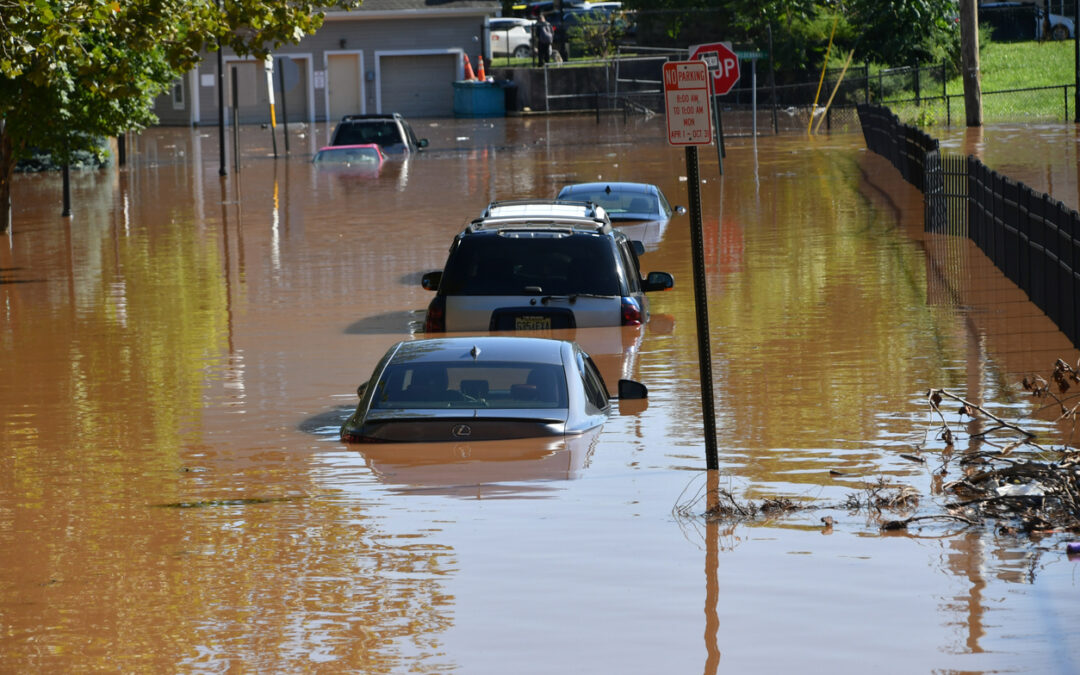A new study released today found that the increasing frequency of droughts, heatwaves, storms, and floods is threatening the availability of water and its quality across the world. Researchers from Utrecht University in the Netherlands analyzed 965 cases of river water quality during extreme weather events worldwide and found that the events impact the concentration of nutrients, metals, microorganisms, and plastics in the water, as well as the temperature, dissolved oxygen level and salinity—the amount of dissolved salt.
Key points from the study include:
- River water quality is generally deteriorating under droughts and heatwaves (68% of case studies), rainstorms and floods (51%) and multidecadal historical and future climate change (56%), although improvements and mixed responses are also reported.
- Droughts and heatwaves result in lower dissolved oxygen and increased river temperature, algae, salinity and concentrations of pollutants (such as pharmaceuticals) from point sources owing to lower dilution. By contrast, low flow during these events leads to reduced pollutant transport from agricultural and urban surface runoff, contributing to lower concentrations.
- Rainstorms and floods generally increase the mobilization of plastics, suspended solids, absorbed metals, nutrients and other pollutants from agricultural and urban runoff, although high flow can dilute concentrations for salinity and other dissolved pollutants. The sequence of extreme events (such as droughts followed by floods) also impacts the magnitude and drivers of river water quality responses.
- Multidecadal climate change is causing water temperatures and algae to generally increase, partly causing a general decrease in dissolved oxygen concentrations. Nutrient and pharmaceutical concentrations are mostly increasing under climate change, whereas biochemical oxygen demand, salinity, suspended sediment, metals and microorganisms show a mixture of increasing and decreasing trends.
- The main driving mechanisms for multidecadal water quality changes in response to climate change include hydrological alterations, rises in water and soil temperatures and interactions of hydroclimatic drivers with land use. These impacts are compounded with other human-induced drivers.

